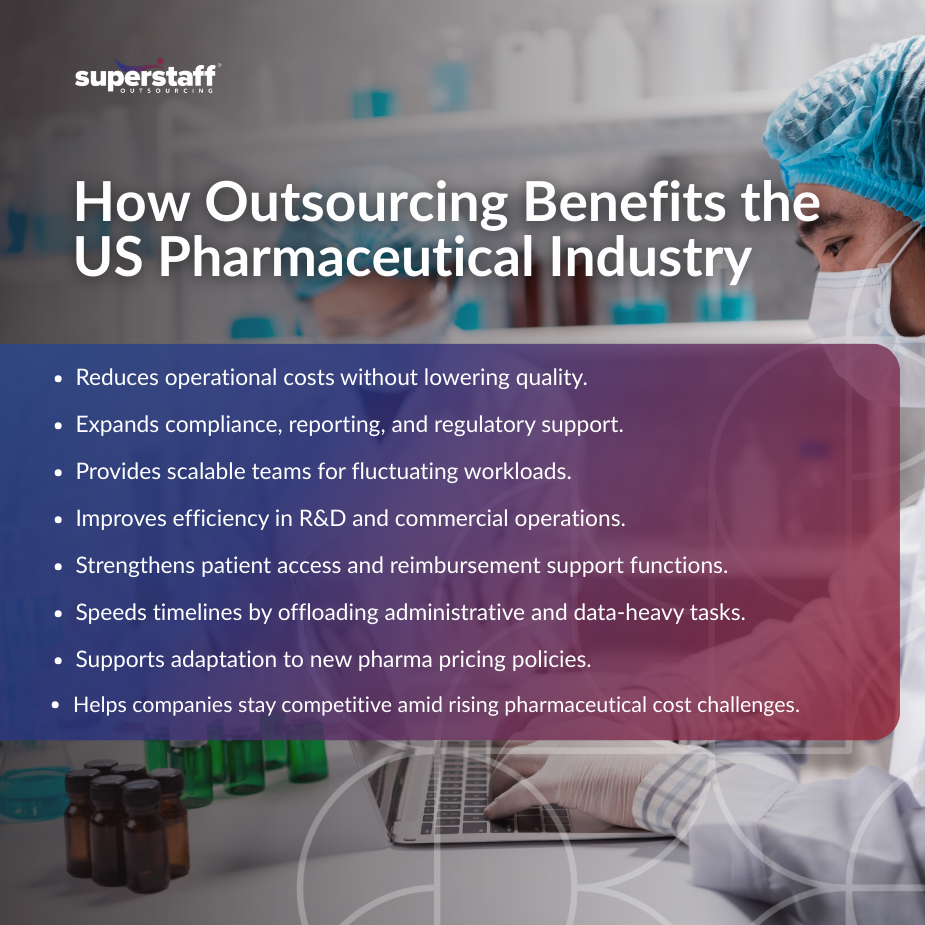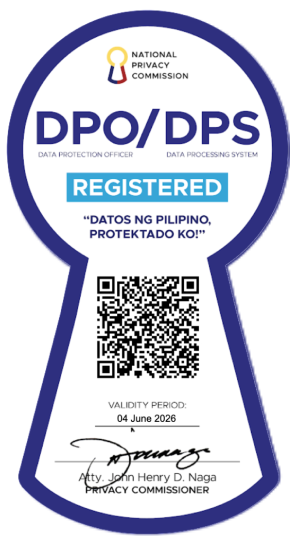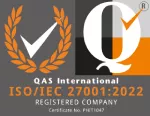
The debate over prescription drug costs has become one of the most urgent issues shaping the US pharmaceutical industry. As medical expenses continue to climb, the pressure to make life-saving medications more affordable is steering elections, rewriting regulatory frameworks, and reshaping how pharmaceutical firms approach research, pricing, and commercialization. By 2025, the convergence of public frustration, new legislation, and shifting payer dynamics has brought the industry to an inflection point.
For pharmaceutical companies, the conversation is no longer just about setting prices. It has become a broader question of competitiveness, long-term strategy, and operational sustainability. The environment they operate in today is vastly more complex, more scrutinized, and more demanding than it was even a few years ago.
This blog explores the core elements of the U.S. drug price debate, its cascading effects across the US pharmaceutical industry, and why firms increasingly rely on outsourcing to stay agile amid accelerating change.
Why the U.S. Drug Price Debate Escalated
The national focus on prescription drug pricing did not emerge overnight. It is the result of years of rising out-of-pocket costs, mounting patient frustration, and a healthcare system whose economics have become increasingly opaque.
Even insured patients feel the strain, as high deductibles and limited formularies continue pushing costs back to consumers. As more Americans publicly share experiences with expensive medications, the political cost of inaction has grown significantly.
A critical factor driving the debate is the complexity of the drug supply chain. Pharmacy Benefit Managers (PBMs), wholesalers, insurers, pharmacies, and manufacturers all influence the final price consumers see. Rebates and negotiations occur behind closed doors, and each stakeholder points to another when asked why prices remain high. This lack of clarity has led to calls for more transparency and greater accountability.
Political momentum has further intensified the conversation. Both major parties have prioritized addressing medication affordability, though their approaches differ. New laws—especially those enabling Medicare to negotiate drug prices—have marked a historic shift in how the US pharmaceutical industry interacts with government payers. These developments have permanently changed the direction of regulatory expectations, setting the stage for a new era of pharmaceutical oversight.
The Competing Arguments: What Each Side Believes
The U.S. drug price debate persists partly because it involves conflicting but legitimate perspectives. Let’s break it all down and dive into current trends in U.S. drug pricing and implications for pharmaceutical firms.
Advocates for lower drug prices argue that medication has become unaffordable for too many Americans. They highlight the disparities between U.S. prices and those in other developed nations, where centralized bargaining often leads to significantly lower costs. These advocates believe that transparency, price caps, and direct negotiation can curb excessive spending and make essential medications accessible to all.
On the other side, pharmaceutical companies defend pricing practices by emphasizing the cost and risk associated with drug development. Bringing a new therapy to market typically requires more than a decade of research, extensive clinical trials, and billions in investment. Many potential treatments fail along the way.
Industry leaders warn that over-regulation and aggressive price controls could deter innovation and reduce the pipeline of new therapies, ultimately harming patients who rely on groundbreaking discoveries.
Meanwhile, insurers, hospitals, and PBMs add their own layers to the debate. Each plays a distinct role in drug pricing, but their competing incentives and complex contracting structures often create confusion. The result is a multifaceted policy challenge where no single reform can fully resolve the tensions between affordability, innovation, and sustainability.

Policy Changes Reshaping the Pharmaceutical Landscape
Recent policy changes have created one of the most transformative regulatory environments the US pharmaceutical industry has seen in decades. These reforms have introduced new compliance requirements, pricing constraints, and contracting rules that fundamentally redefine how companies develop and commercialize products.
One of the most significant shifts is the introduction of Medicare price negotiations. For the first time in history, the federal government can directly negotiate the prices of certain high-spend drugs. This move aims to lower costs for seniors and reduce government spending but also constrains the revenue potential of selected therapies once they are subject to negotiation.
Inflation penalties have further tightened financial pressure. Manufacturers must now pay rebates if they increase drug prices faster than inflation, creating guardrails that limit upward pricing flexibility. Transparency rules require companies to disclose price justifications, manufacturing costs, and R&D expenditures, increasing public scrutiny of pricing decisions.
Another growing trend in the regulatory environment is the shift toward value-based contracting. Under these models, drugmakers are increasingly paid based on patient outcomes rather than volume. This shift encourages innovation that truly improves health outcomes but requires pharmaceutical firms to enhance their data collection, reporting, and analytics capabilities. These new expectations are closely tied to rising payer demands for real-world evidence, creating additional operational requirements for the industry.
Commercial Impact on Pharmaceutical Firms
These evolving policies have substantial implications for commercial strategy across the US pharmaceutical industry. Revenue compression is one of the most immediate challenges. With price caps, negotiated pricing, and limits on inflationary increases, firms face narrower margins and reduced pricing power. Launch expectations have also changed. New therapies must now justify their value more rigorously, and payers are more conservative about granting formulary access at premium prices.
These pressures are influencing R&D priorities. Pharmaceutical companies are rethinking portfolio strategies, sometimes shifting resources toward rare diseases, specialty drugs, or indications where competition is limited. Some firms are also increasing reliance on strategic partnerships or acquisitions to share risk and accelerate innovation.
Compliance demands have also surged. New pharma pricing policies require extensive reporting, data collection, and documentation, expanding the workload of regulatory, legal, and pricing teams. Market access functions have become more central to commercial strategy, as payers demand more evidence and impose tighter contracting conditions. All of these dynamics create operational strain, particularly for midmarket pharmaceutical companies with limited internal capacity.
How Pharmaceutical Firms Are Responding
To navigate this landscape, pharmaceutical organizations are adopting new strategies that help them stay competitive while adapting to policy shifts. Strengthening pricing, contracting, and market access capabilities has become an urgent priority. Firms are investing more heavily in health economics and outcomes research (HEOR), real-world evidence, and payer analytics to support more complex negotiations.
Digital transformation is accelerating across the industry. Companies are automating processes in R&D, supply chain management, and commercial operations to reduce cost and improve accuracy. Every area—from pharmacovigilance to data management to call center support—is undergoing modernization.
At the same time, firms are expanding patient support programs to maintain strong relationships with consumers. As affordability concerns rise, patient access and affordability programs have become essential to both public perception and treatment adherence. HUB services, reimbursement support centers, and patient engagement teams play a critical role in helping patients navigate insurance challenges and financial barriers.
These organizational changes reflect the broader trend in U.S. drug pricing and implications for pharmaceutical firms. The companies that adapt best will be those that manage cost pressures efficiently, maintain strong payer relationships, and keep affordability at the center of their strategy.
Why Outsourcing Has Become a Strategic Advantage for Pharmaceutical Firms
Amid increased regulation and rising pressure to reduce operational expenses, outsourcing has emerged as a powerful tool for future-proofing pharmaceutical organizations. The US pharmaceutical industry now relies more heavily on global talent models, specialized outsourcing partners, and nearshore or offshore support teams to manage cost, scale, and operational complexity.
One of the biggest advantages outsourcing provides is cost flexibility. As pharmaceutical cost challenges intensify, companies cannot afford bloated structures in functions such as compliance, patient access, data processing, or administrative support. Outsourcing helps companies maintain high-quality operations while reducing overhead, especially in areas where internal hiring is expensive or slow.
Compliance support is another area where outsourcing delivers significant value. With complex pharma pricing policies requiring detailed reporting, many pharmaceutical firms turn to outsourcing partners to manage documentation, analytics, and inspection-ready recordkeeping. Outsourced teams provide the bandwidth needed to meet policy deadlines without overwhelming internal staff.
Outsourcing also enables scalability. As regulatory demands, payer interactions, and patient inquiries fluctuate, pharmaceutical companies need teams that can scale up or down quickly without disrupting operations. Outsourced roles in pharmacovigilance, clinical data management, coding, reimbursement support, and market access deliver the flexibility necessary to stay competitive.
For R&D and commercial functions, outsourcing speeds innovation and reduces administrative burden. Functions like data labeling, clinical trial monitoring support, safety reporting, medical writing, IT support, and customer engagement can be handled by specialized external teams that operate efficiently and cost-effectively. This frees internal teams to focus on high-value strategic decision-making, while ensuring that daily operations run smoothly.
As new pricing regulations reshape the landscape, the firms that rely on outsourced support will be more resilient. Outsourcing allows them to remain adaptable, mitigate risk, and allocate resources strategically, even when policy uncertainties arise.
Navigate US Pharmaceutical Industry Challenges With the Right Outsourcing Partner
The U.S. drug price debate has become one of the defining issues of the decade, shaping how companies operate, innovate, and bring therapies to market. The changing expectations around pricing, transparency, and outcomes have created a new environment for the US pharmaceutical industry—one that demands agility, strategic restructuring, and enhanced operational capabilities.
Pharmaceutical firms that succeed in this era will be those that understand the evolving dynamics of the debate, adapt their commercial strategies, and embrace new operational models. Outsourcing has become a critical component of this transformation. It allows organizations to control costs, strengthen compliance, scale essential functions, and remain competitive despite increasing regulatory pressure.
The combination of rising public scrutiny, evolving pharma pricing policies, and intensifying pharmaceutical cost challenges signals that the future of the US pharmaceutical industry will depend on how effectively companies redesign their operations. Those that rely on strategic outsourcing partnerships will be better positioned to manage risk, optimize performance, and navigate whatever changes lie ahead.
Ready to future-proof your pharmaceutical operations? Partner with SuperStaff today!






